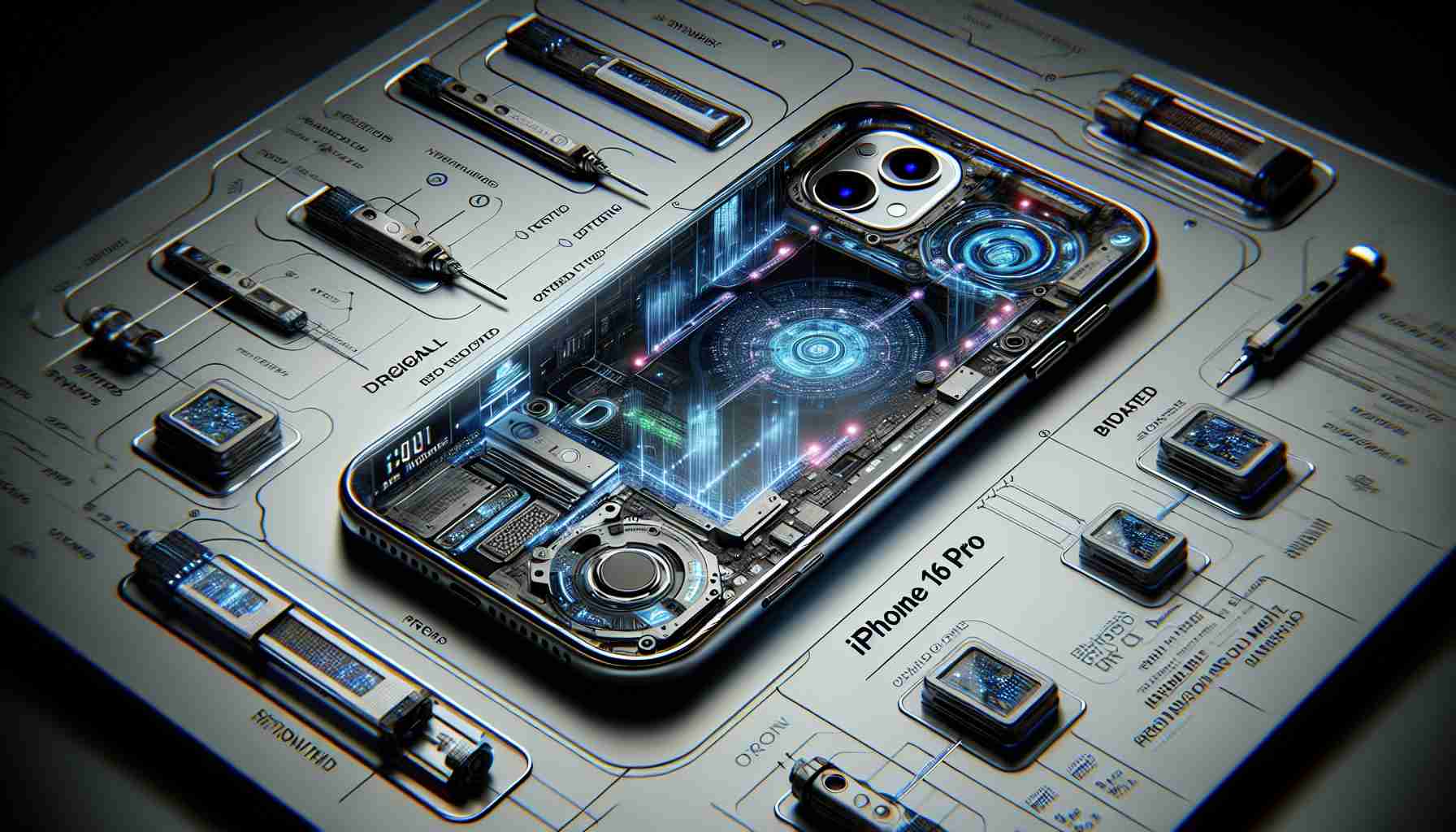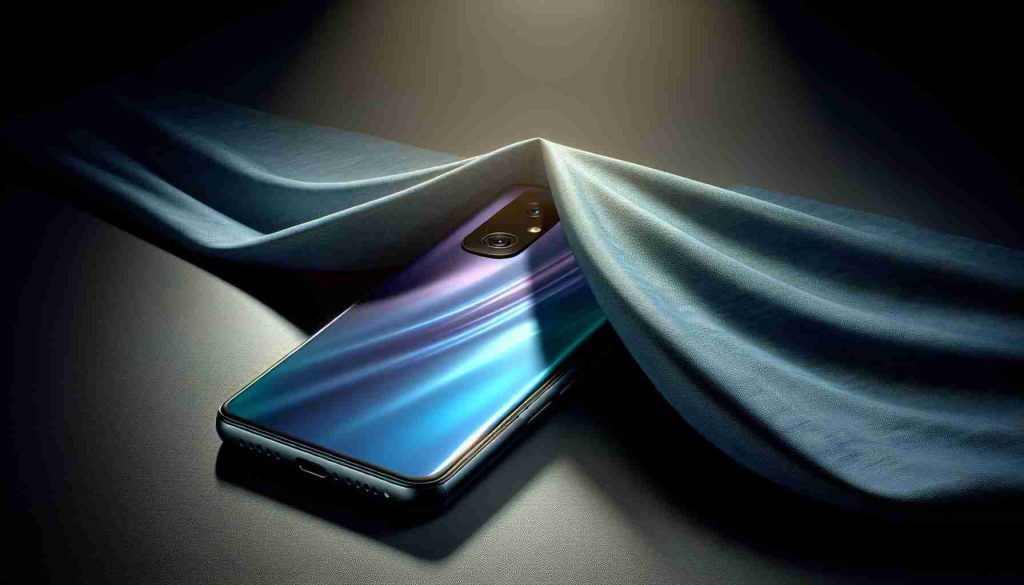The recently launched iPhone 16 Pro from Apple has generated buzz due to its anticipated upgrades, yet it has caught many off guard with several features that seem reminiscent of existing Android devices. This raises a curiosity about whether Apple is taking cues from competitors.
One notable addition is a dedicated Camera Control button, allowing swift access to the camera application for quick snaps. This design mirrors a long-standing feature found in Sony’s Xperia line, though Apple’s implementation appears more refined.
A significant advancement is the upgrade to a 48 MP ultra-wide camera, addressing criticisms about previous models’ weak low-light performance. However, this leap was initially seen in top-tier Android phones like the OnePlus 10 Pro back in 2022, where similarly impressive sensors have long been standard. Even mid-range options are now equipped with advanced capabilities.
Additionally, the iPhone 16 Pro boasts a “Fusion” camera feature for recording 4K videos at 120 FPS, which can also be achieved on flagship Android devices such as the Samsung Galaxy S24 Ultra. Furthermore, while Apple has included support for the latest Wi-Fi 7 standard, many premium Android smartphones already offered this upgrade.
Lastly, the USB-C fast charging capability of the iPhone 16 Pro reaches up to 45W, which, despite being an improvement, still trails behind several Android models that can deliver up to 100W.
The iPhone 16 Pro has recently entered the smartphone market, raising discussions about its features—whether they are innovative advancements or borrowed from competitors. As Apple pushes the envelope, it is crucial to dissect the latest offerings, identifying their uniqueness and relevance within the competitive landscape of high-end mobile devices.
Examining New Features of the iPhone 16 Pro
One prominent feature that has sparked intrigue is the new Sensor-Shift Optical Image Stabilization technology, which promises to enhance photographic clarity, especially in dynamic environments. This technology, albeit first popularized by competitors, marks a significant improvement in Apple’s image processing capabilities. With this upgrade, the iPhone 16 Pro aims to compete more effectively with rival devices known for their robust camera quality, such as the latest Google Pixel series.
Another interesting addition is the improved battery management system that adapts to users’ daily habits, optimizing power usage. This system aligns with trends seen in Android devices like the Pixel line and extends battery life significantly. This advancement might shift user expectations regarding battery longevity and performance standards within the iPhone series.
Key Questions and Answers
1. Are the new features of the iPhone 16 Pro truly innovative?
– While several features are reminiscent of existing technologies in Android counterparts, Apple’s enhancements aim to refine user experience and assimilate popular functionalities into its ecosystem, which can be deemed innovative in terms of integration and ease of use.
2. How does the camera performance compare with other flagships?
– The 48 MP ultra-wide camera and new stabilization technologies position the iPhone 16 Pro competitively; however, some reviewers note that other brands still excel in low-light performance, particularly in varied situations.
3. Is USB-C fast charging sufficient?
– With a rate of 45W, the charging capability may meet the needs of casual users, yet dedicated power users or gamers might prefer the high-capacity 100W charging found in certain Android models, leading to criticism regarding Apple’s pace in adopting faster charging technologies.
Key Challenges and Controversies
The ongoing debate about whether Apple is innovating or imitating has escalated, with critics citing slower adaptation to emerging technologies. While advancements enhance user experience, the perception of “catching up” can affect brand loyalty and consumer confidence. Additionally, pricing challenges arise as competitive devices offer similar or superior features at lower price points, raising questions about the value proposition of the iPhone 16 Pro.
Advantages and Disadvantages
Advantages:
– Enhanced camera capabilities that may appeal to photography enthusiasts.
– Improved battery management system, promising longer usage periods during the day.
– Seamless integration with Apple’s ecosystem, providing a familiarity and user-friendly experience.
Disadvantages:
– The perception of borrowed features may deter loyal customers seeking groundbreaking innovation.
– Charging capabilities, while improved, may not meet the demands of power users.
– Higher price point compared to competitors, which could lead to diminished competitive edge.
In summary, the iPhone 16 Pro encapsulates Apple’s effort to refine its offerings while grappling with perceptions of innovation. As features align more closely with what users have come to expect from high-end smartphones, the real test will be in user adoption and satisfaction over time.
For more information about the latest technology trends, you can visit Apple’s official website.























